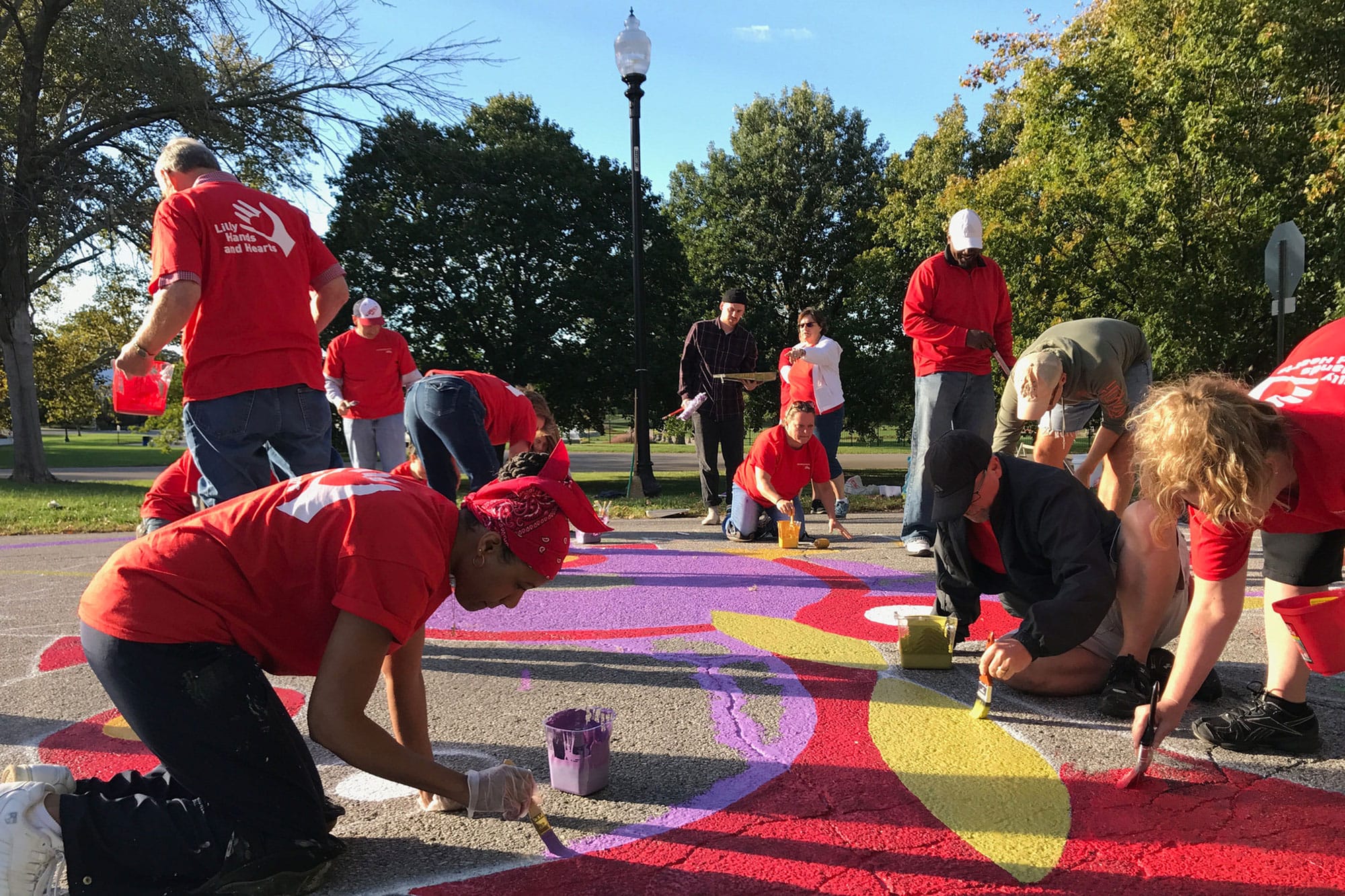What makes you feel like you *belong* in a certain place? Is it the lively streets, the cozy corner coffee shop, or a park where you can unwind? That’s the essence of **placemaking** – crafting spaces that resonate with a sense of identity and community.
Designing Spaces with Soul: What is Placemaking?
Imagine a town square. Is it buzzing with activity or deserted and unwelcoming? That’s where placemaking comes in. It’s like being an architect of good vibes, designing spaces that draw people in and foster a feeling of connection.
Think of it this way: you wouldn’t want to spend time in a messy living room, right? Placemaking is about making our shared “living rooms” – our parks, streets, and public spaces – places we choose to be.
Instead of just erecting buildings, placemaking asks: “Who is this space for? What will make them feel comfortable and welcome?” It’s about more than aesthetics; it’s about cultivating a sense of community.
The Magic Formula: Key Ingredients of Successful Placemaking
So, how do we make a space sing?
1. Open and Inviting: No one wants to hang out in a place that feels unsafe or neglected. Think clean, well-lit streets, comfortable seating, and maybe even some public art to add personality.
2. Accessibility for All: A great public space welcomes everyone, regardless of age, ability, or background. We’re talking ramps, clear signage, and a welcoming atmosphere where everyone feels comfortable and included.
3. Engagement is Key: A bustling farmers market, an outdoor concert, a community garden – these transform a space from “just a place” to a vibrant hub. What makes you want to gather with friends or meet new people?
4. Reflecting Local Identity: Every place has its own story. Maybe it’s a mural depicting local history or native plants in the landscaping. This sense of place creates a feeling of belonging and pride in the community.
Placemaking matters in AP Human Geography because it shows we’re not just passive inhabitants – we can shape our surroundings! By understanding the elements of successful public spaces, we can create communities that are both functional and bursting with life.
Placemaking: A Deeper Dive
Placemaking takes our interaction with our surroundings to a new level. Imagine having the power to shape the look and feel of your favorite park or local hangout. That’s placemaking in action! It’s the art of designing and developing public spaces that are not only visually appealing but also narrate the story of the people who bring them to life.
A place can be a dot on a map, but it becomes special when it reflects the community’s personality. This could mean showcasing local art, creating green spaces for connection with nature, or incorporating design elements that reflect the area’s history.
Placemaking isn’t just about aesthetics; it’s about giving residents a voice. It’s about saying, “This is YOUR space. Let’s make it amazing – together!” That’s why many placemaking projects prioritize community input, workshops, and truly listening to the community’s vision. This collaborative approach ensures the final design reflects the community’s needs and desires.
Placemaking is a powerful tool for positive change. It can breathe new life into neglected areas, attract businesses, boost the local economy, and foster a stronger sense of community pride.
Placemaking Theory in Geography: Painting a Community Masterpiece
Imagine a blank canvas – your neighborhood, town square, or even an empty lot. Placemaking is like picking up a paintbrush, with your community, and turning that blank space into something extraordinary! It’s about going beyond superficial changes; it’s about understanding what makes a place unique.
Consider the people, their stories, their daily lives, and their aspirations. Placemaking weaves these elements together to create a space that’s inviting, functional, and a true reflection of the community’s spirit.
You wouldn’t decorate your living room without considering its purpose and the people who use it, right? Public spaces deserve the same thoughtful approach. Placemaking aims to make those shared spaces just as comfortable and personal. It’s about fostering a sense of belonging, encouraging connections, and creating a place where everyone feels welcome.
Placemaking isn’t one-size-fits-all. What works in a bustling city center might not work in a quiet suburban park. The key is to listen to the community, understand their needs, and collaborate to create a space that honors their unique identity.
It could be a community garden, a plaza for local artists, or a safe and accessible playground. The possibilities are endless! At its core, placemaking transforms concrete and steel into vibrant, meaningful spaces that bring people together and make them proud to call their community home.
Why Placemaking Matters: Beyond Bricks and Mortar
Placemaking is more than just a feel-good initiative; it has real-world implications and connects to broader geographic concepts:
Cultural Landscapes: Placemaking highlights how we, as humans, shape our environment to reflect our values, beliefs, and practices. Think about how the knowledge of monsoon winds shaped trade routes and the cultural exchange that followed. Our understanding of place and our ability to adapt to it or modify it is fundamental to who we are.
Urban Development: As cities grow, placemaking becomes crucial in creating sustainable, livable, and equitable urban spaces that put people first.
Social Impact: Placemaking can help address social issues, create safer public spaces, and promote a stronger sense of belonging.
By studying placemaking in AP Human Geography, you gain a deeper understanding of how our interaction with our environment shapes our communities and influences our quality of life.
- Unlocking 2-Letter Words with U: The Definitive Guide - April 4, 2025
- Unlock Words with the Letters THREE: Top Unscramble Tools 2025 - April 4, 2025
- Master Scrabble: X & Z Words for High Scores - April 4, 2025
















